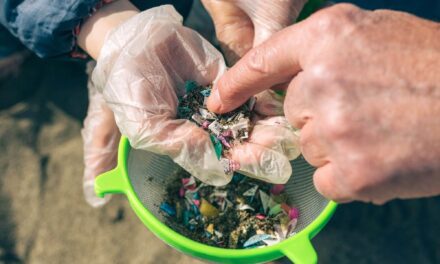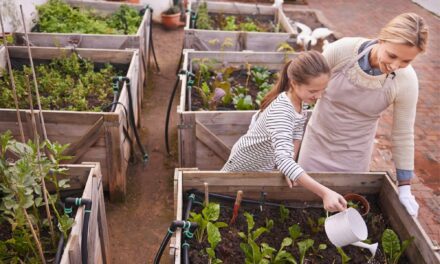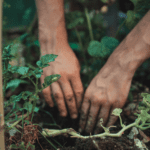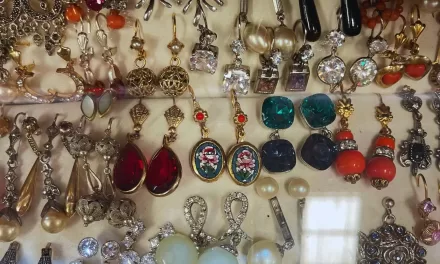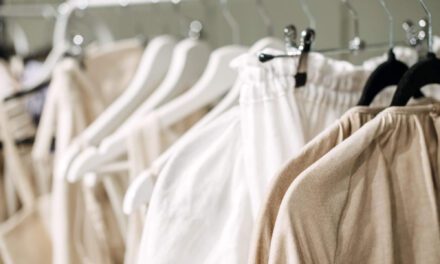
Sustainable living in practice: 10 Things I No Longer Buy
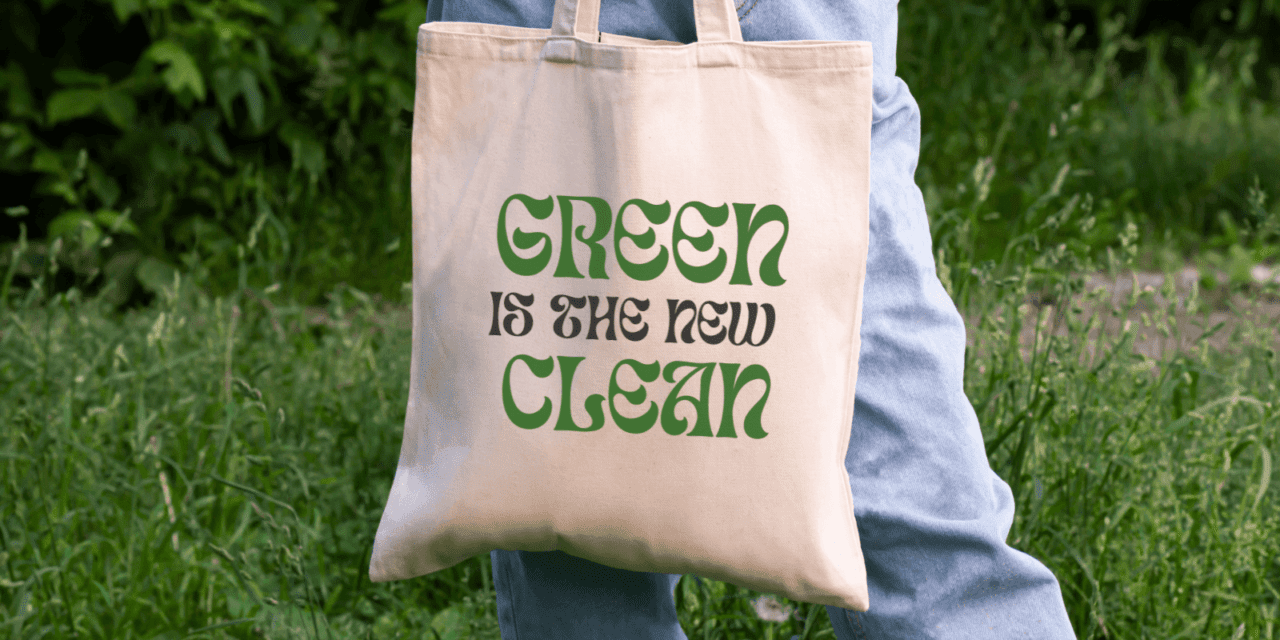
Adopting a sustainable lifestyle is more than simply a decision; it is a transformative journey that leads to a more conscious and environmentally responsible life. In this article, I’ll write about the ten things I’ve let go of, each decision motivated by a desire to lessen my environmental impact and promote a healthy Earth.
As I narrate my transition to sustainable living on terraandstories.com, I aim to inspire others to consider these modest but significant adjustments. From replacing single-use plastics to rethinking my approach to everyday necessities, each change not only reduces my environmental impact but also contributes to a more conscious and deliberate way of life. In my search for sustainable living, I’ve discovered that even tiny adjustments can have a significant influence on our planet. Join me in discovering the options that have made my sustainable living journey not just environmentally conscious but also gratifying and enjoyable.
Table of Contents
1. Water Bottles
The global bottled water market is poised for substantial growth, with a projected revenue of US$365.7 billion in 2024 and an anticipated annual growth rate of 4.72% from 2024 to 2027. Currently, approximately 600 billion plastic bottles are produced globally, resulting in an estimated 25 million tonnes of unrecycled plastic waste, which is frequently disposed of in landfills or as unregulated waste, contributing to environmental concerns and sustainability challenges.
I used to carry plastic bottles everywhere, including the gym, hikes, and travel. But, after I learned how much of an environmental disaster I was making, I switched to a reliable stainless steel bottle. It’s become my constant companion, from drinking water during workouts to refilling at airports. Not only is it environmentally friendly, but it has also saved me a lot of money. Who knew that a small bottle could make such a difference?
I moved to a stainless steel bottle, but there are many reusable options available, including glass, bamboo, and even plant-based bottles. Choose one that matches your style and hydration needs. It’s a tiny investment with a significant impact.
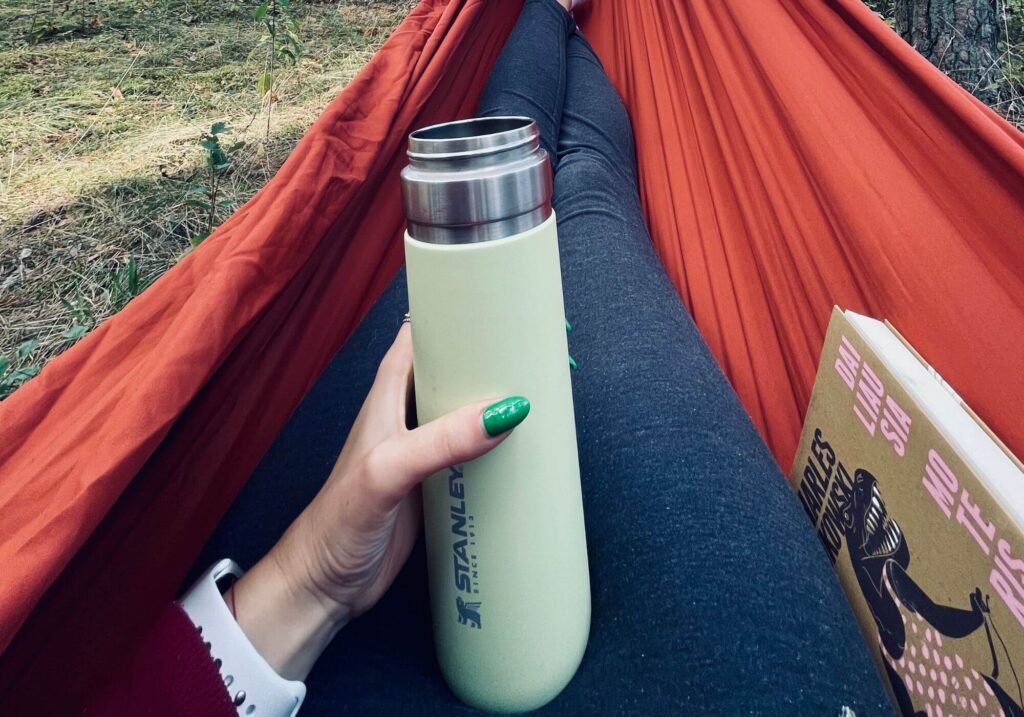
2. Plastic Bags
We consume 5 trillion plastic bags per year, which equates to 160,000 bags per second and more than 700 bags per person on the planet. There is potential for improvement in our combined efforts to lessen the environmental impact.
I’ll admit that I was a plastic bag hoarder. Every shopping journey involved a new plastic bag in my hands. Now, I carry a tote bag in my purse that is always ready for use. It’s become my shopping buddy, and those small cotton grocery bags? They’re game-changers. It feels amazing knowing that I’m not contributing to the plastic pollution problem. It also serves as a conversation starter, as people are often interested in making the changeover.
Tote bags are a must-have and come in a variety of sizes and forms. Get creative with designs that express your personality. When it comes to grocery shopping, little cotton bags make a big difference. Some businesses even provide reusable produce bags. It’s a stylish method to transport your purchases without drowning in plastic.
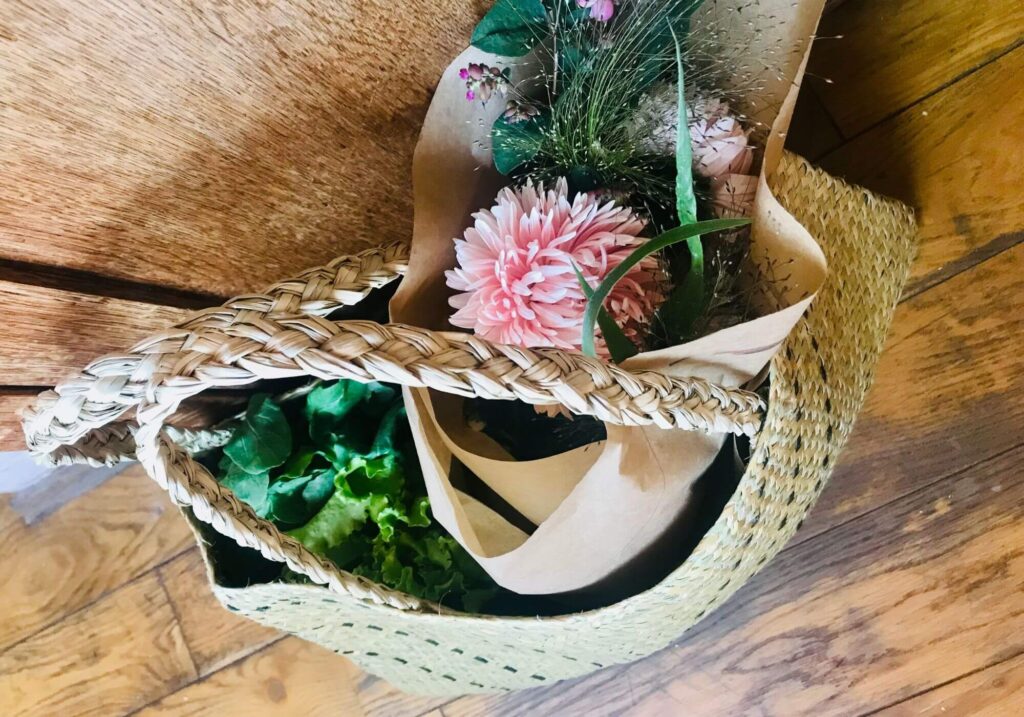
3. Pads and Tampons
The majority of pads and tampons available in supermarkets are made of non-organic cotton that has been drenched with chemicals and insecticides. Furthermore, many pads include polyethylene plastic, an environmentally damaging pollutant used as an adhesive to secure the pad to the underpants. Tampons often contain toxins like dioxin, chlorine, and rayon. As these products remain in landfills, the chemicals permeate the ground, releasing toxins into groundwater and the atmosphere.
Periods are a fact, but the garbage they produce is becoming out of control. Disposable pads and tampons were the standard until I discovered the benefits of menstrual cups. These small wonders are not only environmentally sustainable but also cost-effective. And there’s even period underwear and cloth pads—who knew periods could be so fashionable and environmentally conscious?
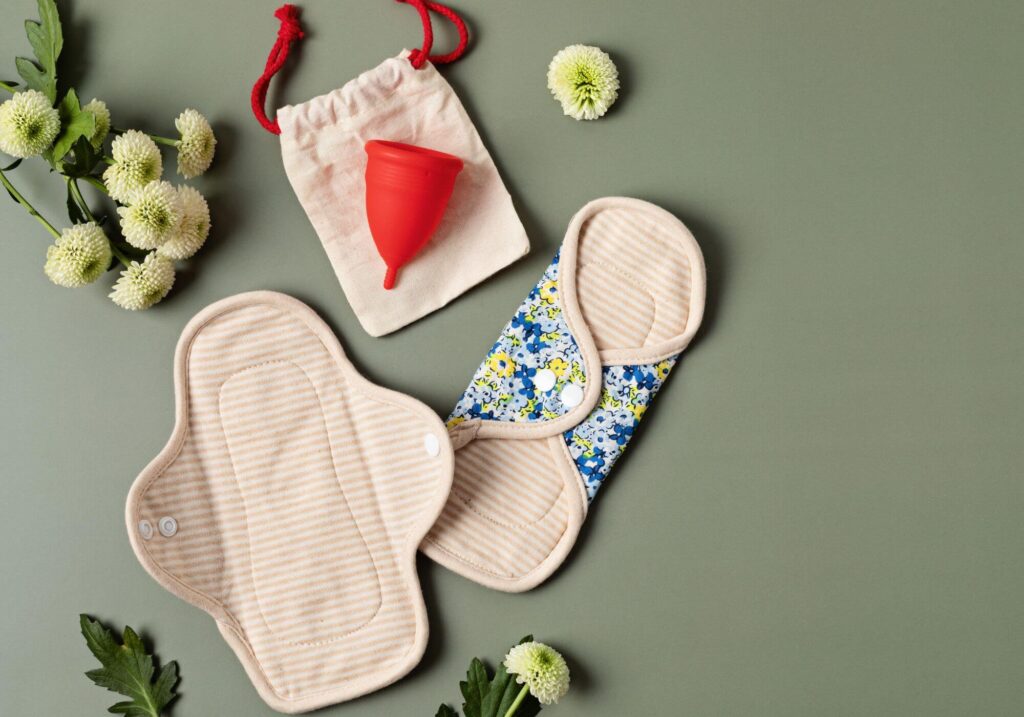
4. Paper Towels
Remember when paper towels were my cleanup heroes? Well, not anymore. I’ve joined the reusable squad: cloth napkins and washable rags. They can handle messes just as well without leaving a trail of garbage behind. They also exude a timeless, warm vibe. It’s a minor adjustment, but it feels like my kitchen has joined the sustainability party.
Switching to cloth napkins and washable rags is not only environmentally good, but it also allows you to be creative with patterns and colors. Check out local craftspeople or create your custom ones. Your kitchen will appreciate the improvements.
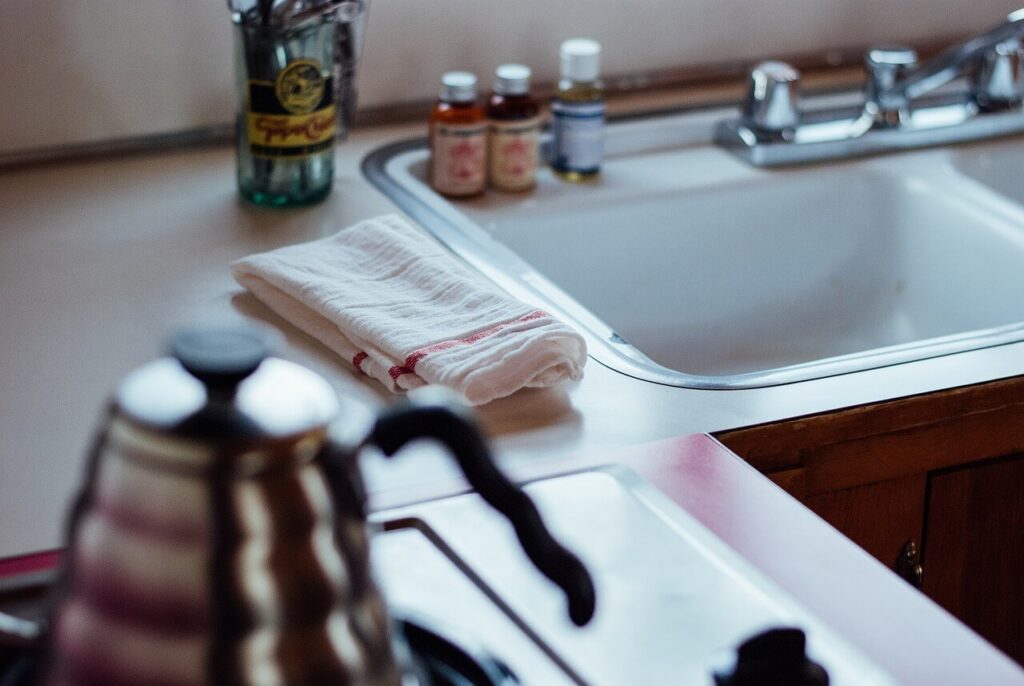
5. Harsh Cleaning Products
Cleaning used to be associated with harsh chemicals, but it was not good for the environment or my lungs. Enter vinegar and baking soda, my new cleaning companions. They’re environmentally safe and non-toxic, and my house still smells fresh. Why use chemical-laden cleansers when nature’s cleaning dream team is at your disposal?
Manufacturers frequently promote a varied range of cleaning solutions as environmentally friendly and healthier options. However, it is critical to take caution because certain products may misrepresent their natural and environmental benefits. Clean Water Action emphasizes crucial aspects when assessing the safety and sustainability of green cleaning solutions. These criteria include determining whether the product is biodegradable, non-toxic, available in bulk packaging, packaged in recyclable or recycled materials, phosphate-free, and labeled with complete disclosure of all active and inert chemicals. Additionally, natural scents should be used while avoiding items containing dyes, hypochlorite, and chlorine.
Vinegar and baking soda are your go-to eco-cleaning combo, but there are plenty of other natural cleaning agents available. For a pleasant aroma, try using essential oils such as tea tree or eucalyptus. Your home will be beautifully clean, without any chemical residue.
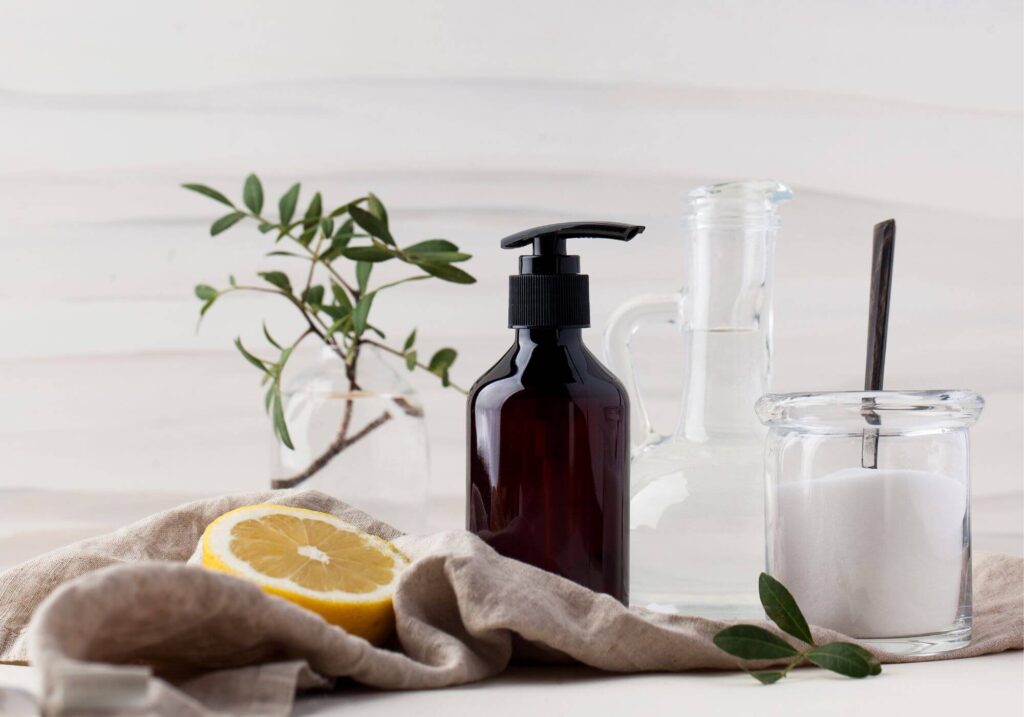
6. Plastic Sponges
Plastic sponges were benign until I discovered they were the low-key villains in the plastic trash saga. So I gave them the boot and welcomed biodegradable sponges and reusable dishcloths. My kitchen is cleaner, and I am doing my part to prevent plastic waste. It’s essentially a win-win situation.
Biodegradable sponges and reusable dishcloths are easily accessible and come in a variety of materials. Consider choices produced from natural fabrics or repurposed materials. Your kitchen gadgets can be both eco-friendly and functional. Through the choices I’ve made, I’ve realized that sustainable living isn’t just a lifestyle; it’s a commitment to creating positive change.
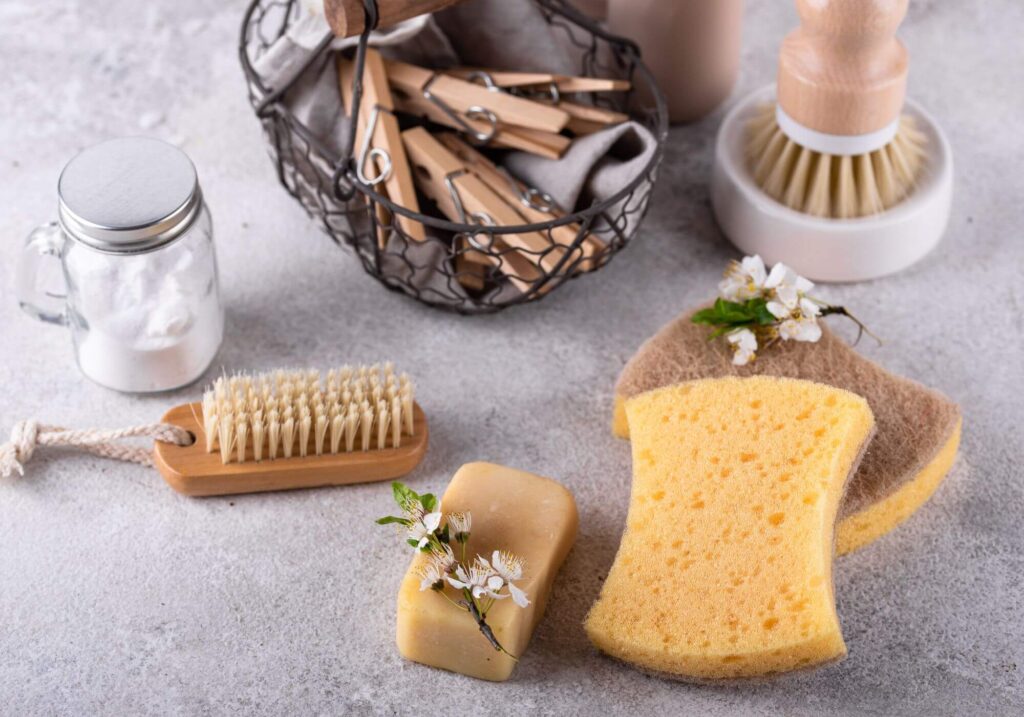
7. Plastic Wrap
Plastic wrap clung to everything in my kitchen. However, reusable food wraps made from beeswax or linen have taken over. They keep my leftovers fresh without guilt for contributing to the plastic environmental problem. It’s like a small, environmentally friendly hug for my food.
Beeswax wraps are great, but there are also reusable silicone food covers, flexible silicone lids, stainless steel containers, and reused glass jars. These solutions keep your food fresh while also clearing your conscience. It’s a little modification that has a significant impact on eliminating single-use plastic in the kitchen.
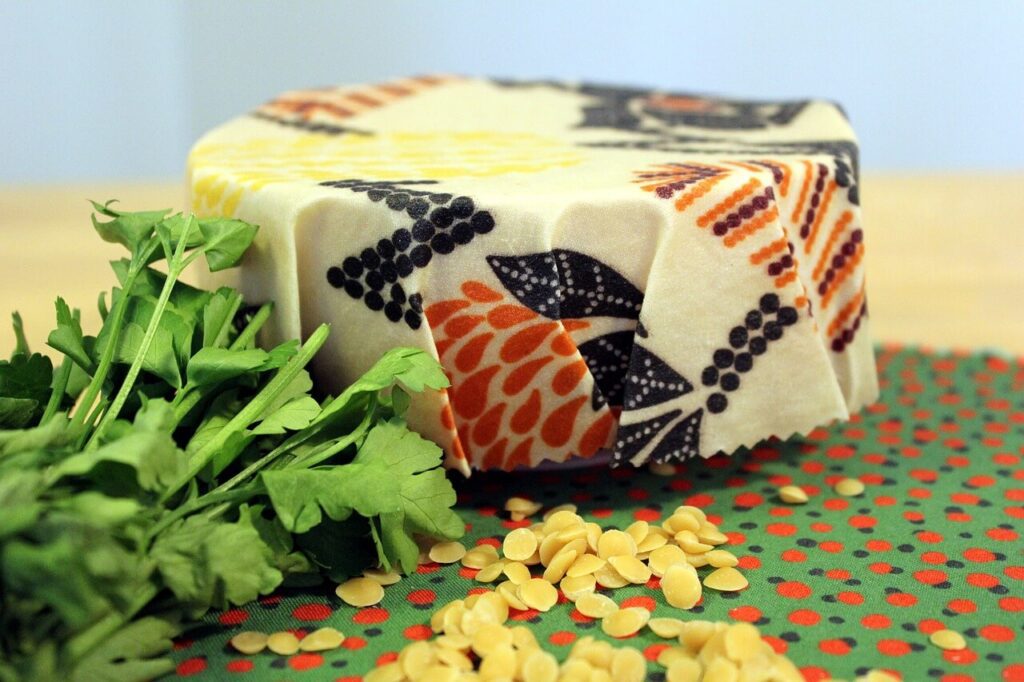
8. Disposable Razors
Disposable razors were convenient, but the plastic debris was irritating my skin. So I switched to a sleek, reusable safety razor. The elimination of disposable razors in my life represented a turning point in my commitment to sustainable living, choosing a sleek and reusable safety razor that not only gives a closer shave but also corresponds with my eco-conscious principles. Not only am I decreasing waste, but I have also improved my shaving technique. It’s a modest swap that feels and looks nice, which benefits both me and the environment.
Safety razors are the traditional pick, but if you’re feeling daring, consider electric razors or epilators. They may require a small initial investment, but they endure longer and decrease the need for replacement blades. Your skin and the environment will thank you.
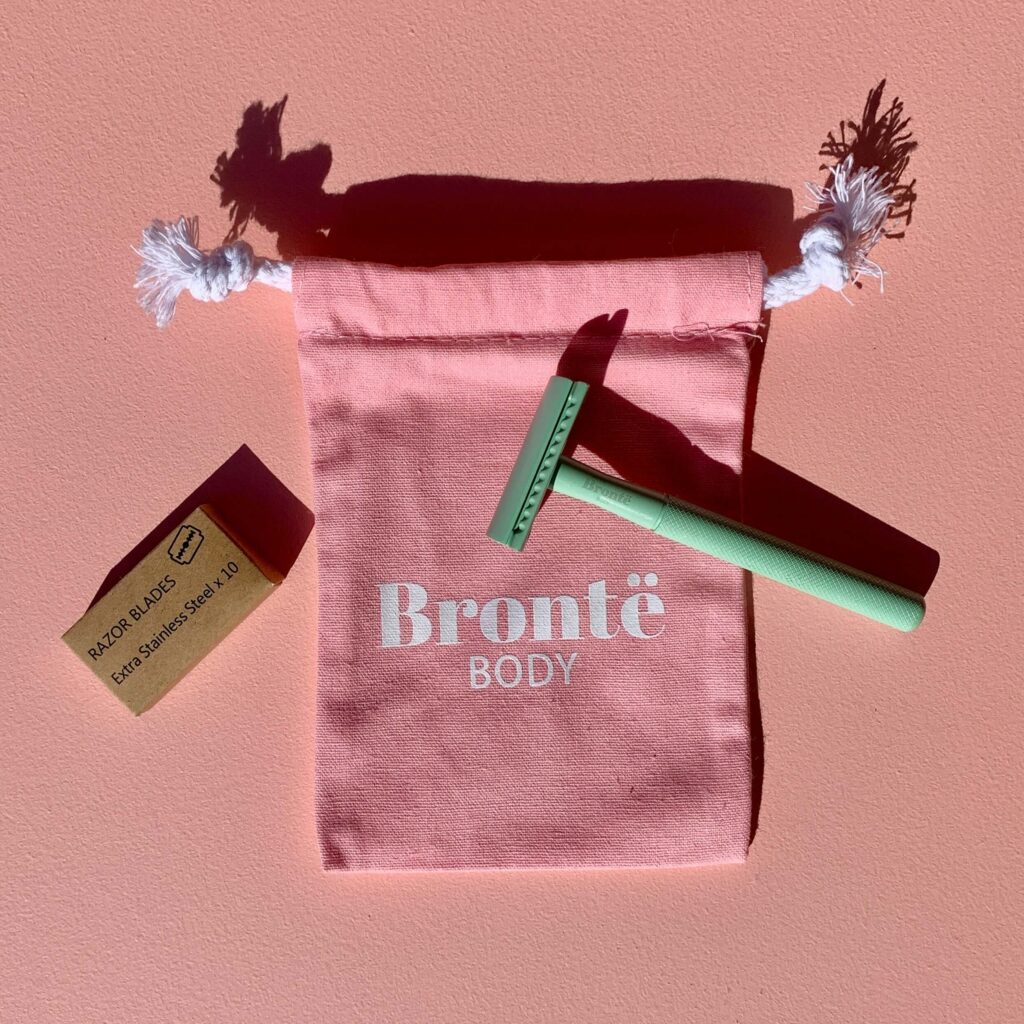
9. Sparkling Water
I had a penchant for store-bought sparkling water in those appealing plastic bottles. Now I have a sparkling water maker that adds zing to my life while avoiding the guilt of single-use plastic. It’s like having a sparkling party in my kitchen, but without the garbage. Who thought making your sparkling water would be so much fun?
Investing in a sparkling water machine is a game changer, but you can also experiment with DIY fruit-infused water to add some flair. It’s a wonderful way to explore different flavors without the guilt of using single-use plastic bottles.
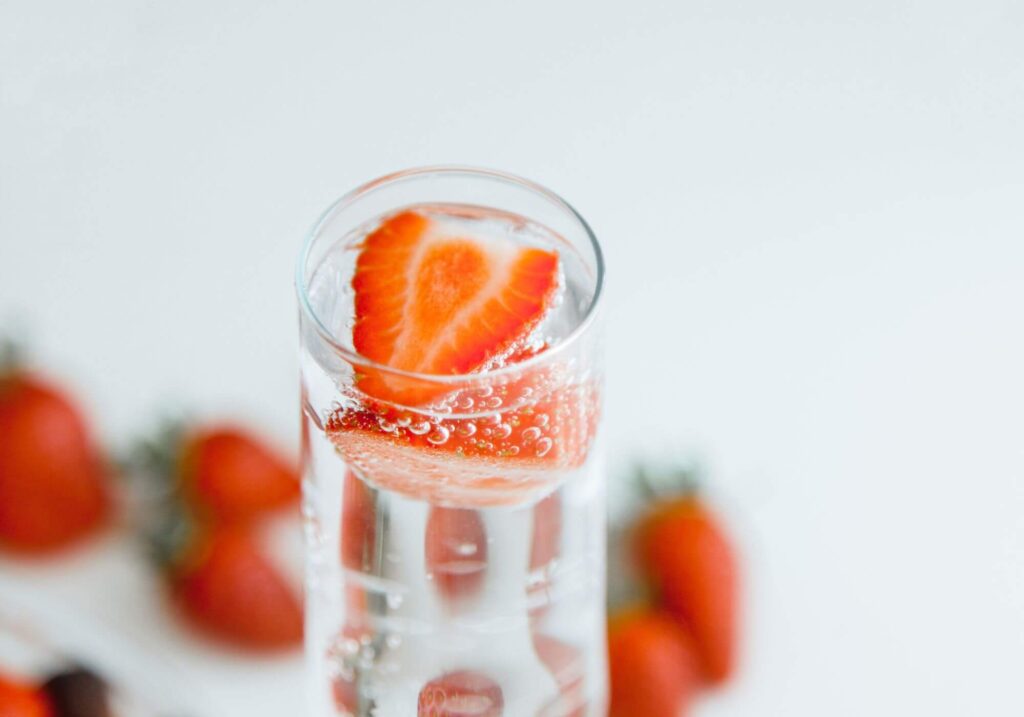
10. Disposable Plates and Cups for Parties
Traditionally, party preparations entailed a mountain of throwaway plates and cups. Now it’s all about reusable and biodegradable options. My events have a green twist, and attendees appreciate the effort. It’s more than simply a party; it’s a sustainable event. Who said being eco-friendly couldn’t be fun?
Reusable bamboo or stainless steel plates and cups are not only environmentally beneficial but also lend a touch of refinement to any event. If you prefer disposable items, search for compostable plates and cups made from sugarcane or bamboo fiber. Your celebrations may be both stylish and environmentally friendly. Sustainable living has become a guiding principle in my daily decisions, from what I purchase to how I approach various aspects of my life.
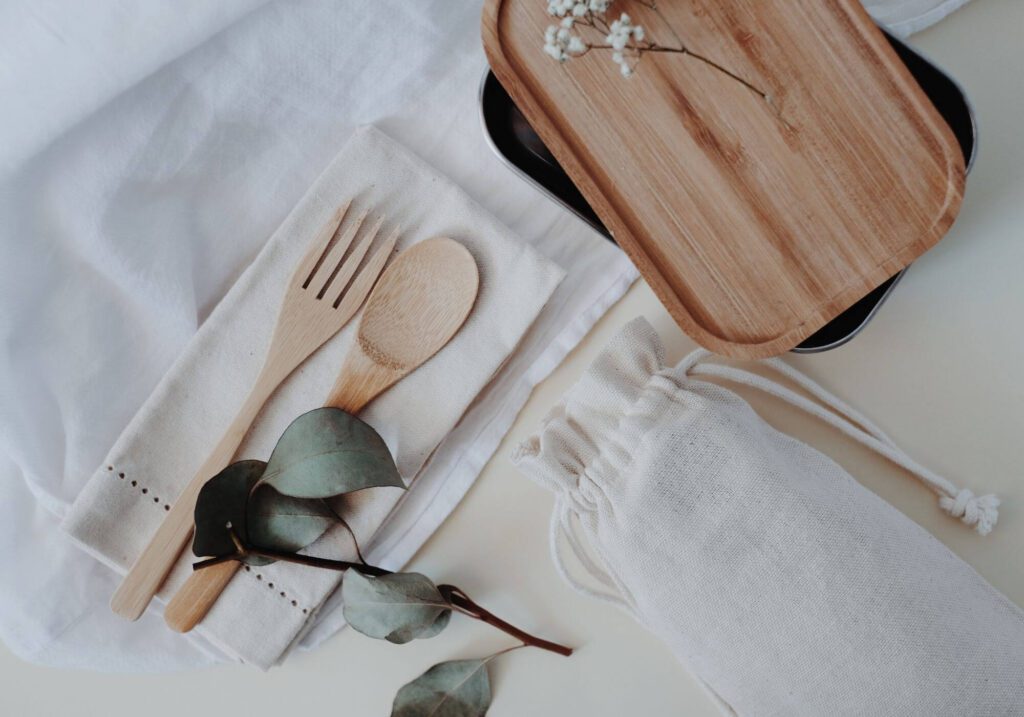
Conclusion: My Journey To Sustainable Living
My transition to sustainable living has transformed not only my behavior but also my perspective on the world. Small modifications, such as switching to a stainless steel water bottle or embracing reusable alternatives, have resulted in a huge reduction in my environmental footprint. It’s encouraging to know that every decision helps to make the world a healthier place for future generations.
Aside from the personal rewards, this trip has opened my eyes to the abundance of sustainable alternatives accessible. Whether you choose biodegradable sponges, a sparkling water maker, or compostable plates for gatherings, the possibilities are varied and fascinating. It serves as a reminder that sustainable living does not need sacrifice; rather, it requires making deliberate decisions that are consistent with our ideals.
Through terraandstories.com, I share these experiences with the hope that they inspire others to embark on their own sustainable living journey. The power of collective action cannot be underestimated, and together, we can create a ripple effect of positive change. As we collectively reevaluate our consumption habits, we contribute to a world where sustainability isn’t just a buzzword but a way of life. Here’s to a future where conscious choices and sustainable living go hand in hand, creating a brighter, greener world for us all.


